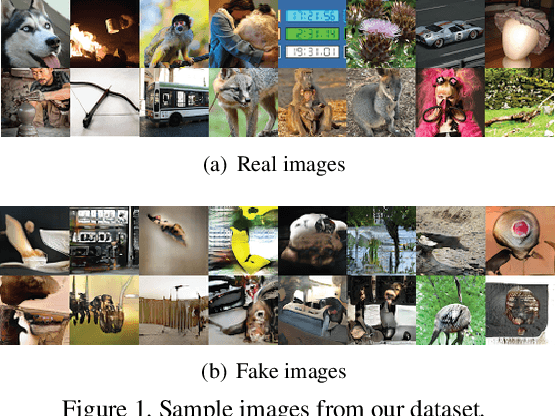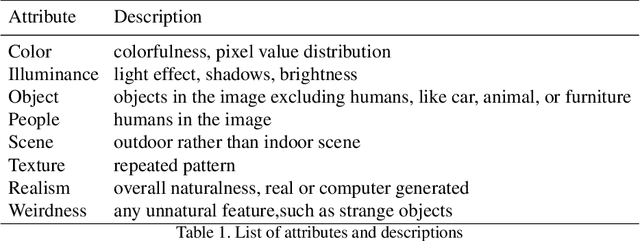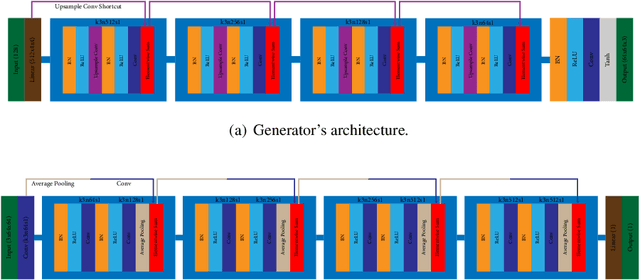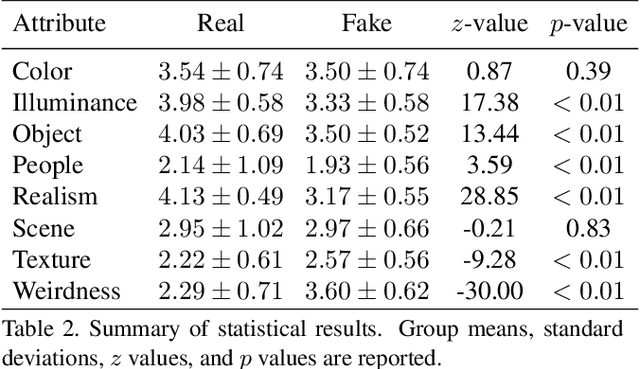Sim Heng Ong
Myocardial Segmentation of Late Gadolinium Enhanced MR Images by Propagation of Contours from Cine MR Images
May 21, 2022Abstract:Automatic segmentation of myocardium in Late Gadolinium Enhanced (LGE) Cardiac MR (CMR) images is often difficult due to the intensity heterogeneity resulting from accumulation of contrast agent in infarcted areas. In this paper, we propose an automatic segmentation framework that fully utilizes shared information between corresponding cine and LGE images of a same patient. Given myocardial contours in cine CMR images, the proposed framework achieves accurate segmentation of LGE CMR images in a coarse-to-fine manner. Affine registration is first performed between the corresponding cine and LGE image pair, followed by nonrigid registration, and finally local deformation of myocardial contours driven by forces derived from local features of the LGE image. Experimental results on real patient data with expert outlined ground truth show that the proposed framework can generate accurate and reliable results for myocardial segmentation of LGE CMR images.
Human Annotations Improve GAN Performances
Nov 15, 2019



Abstract:Generative Adversarial Networks (GANs) have shown great success in many applications. In this work, we present a novel method that leverages human annotations to improve the quality of generated images. Unlike previous paradigms that directly ask annotators to distinguish between real and fake data in a straightforward way, we propose and annotate a set of carefully designed attributes that encode important image information at various levels, to understand the differences between fake and real images. Specifically, we have collected an annotated dataset that contains 600 fake images and 400 real images. These images are evaluated by 10 workers from the Amazon Mechanical Turk (AMT) based on eight carefully defined attributes. Statistical analyses have revealed different distributions of the proposed attributes between real and fake images. These attributes are shown to be useful in discriminating fake images from real ones, and deep neural networks are developed to automatically predict the attributes. We further utilize the information by integrating the attributes into GANs to generate better images. Experimental results evaluated by multiple metrics show performance improvement of the proposed model.
 Add to Chrome
Add to Chrome Add to Firefox
Add to Firefox Add to Edge
Add to Edge